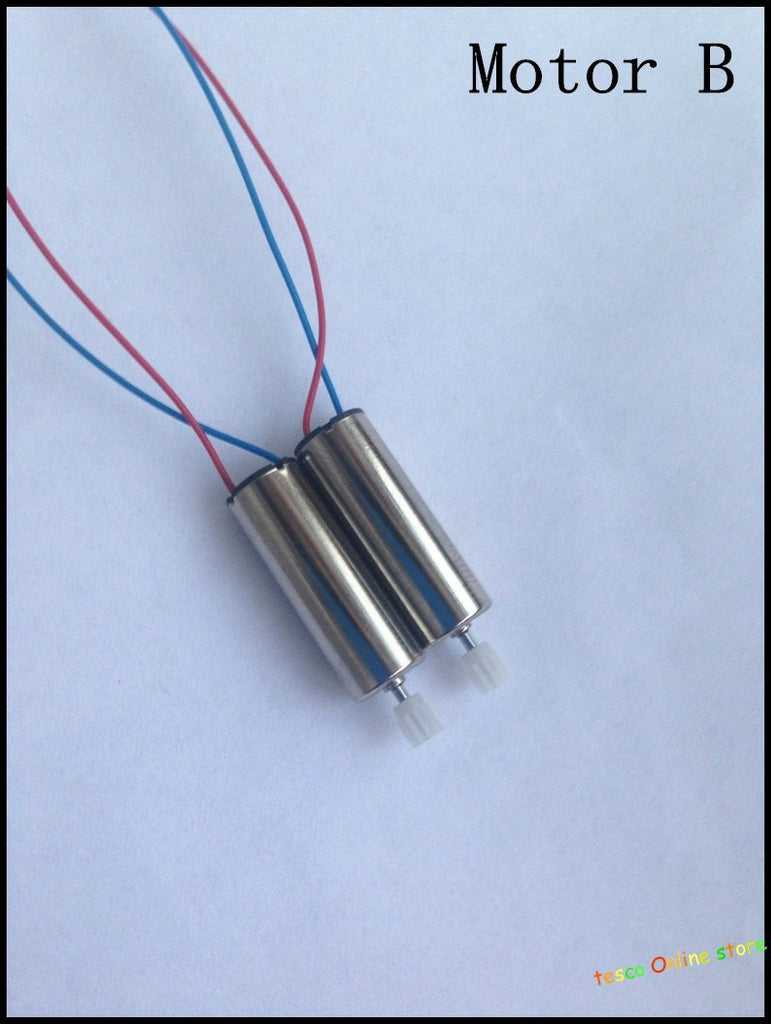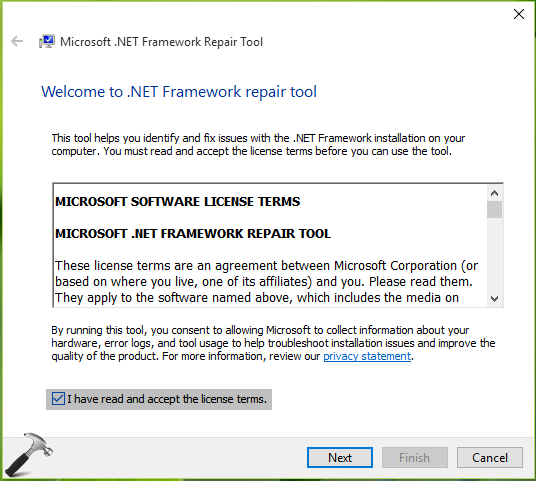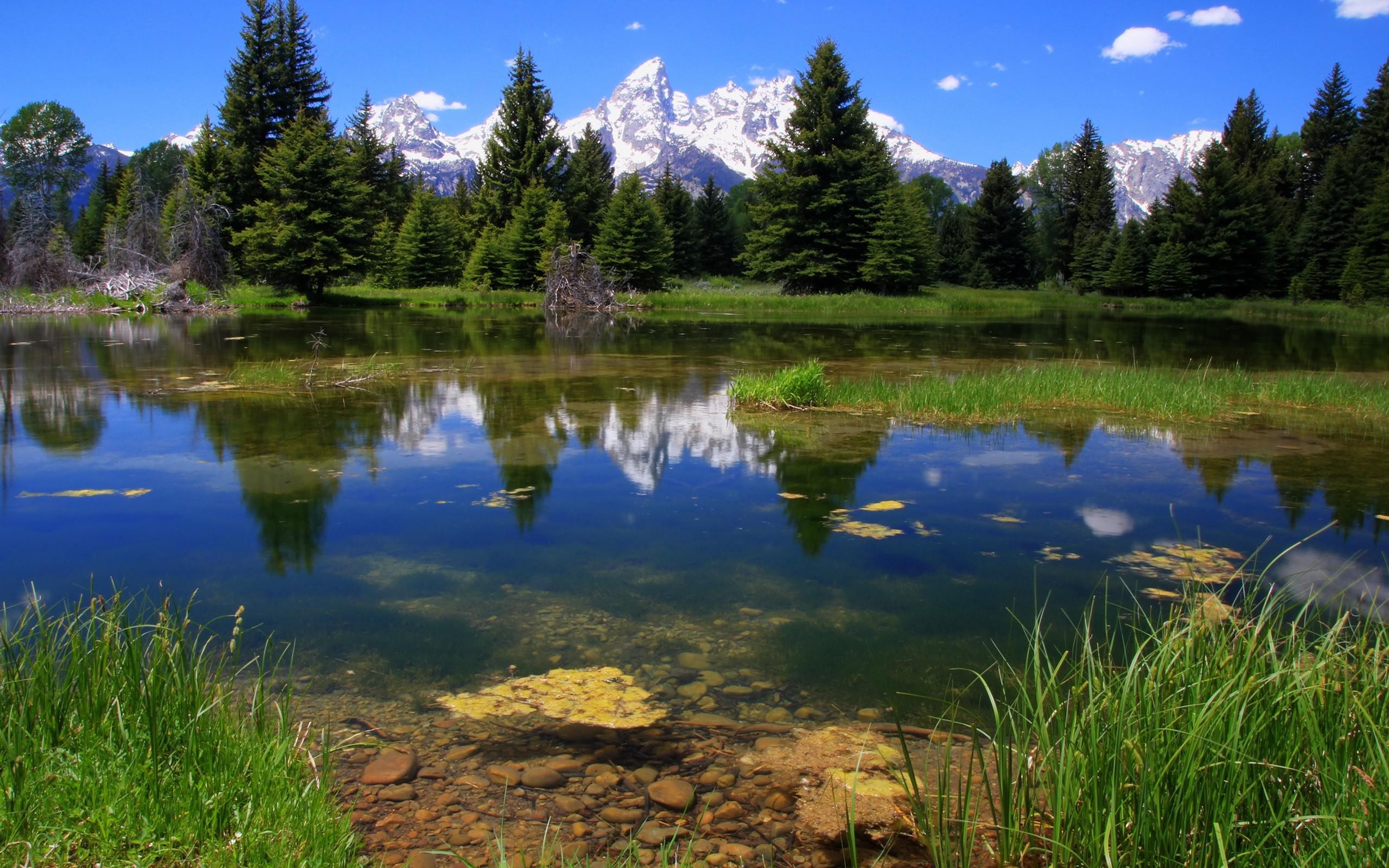Rust is formed when oxygen comes into sustained contact with iron in a process called oxidation. Oxygen is delivered to the metal from water, either from liquid water or water vapor. The free oxygen bonds with the dissolved iron to form iron oxide or rust. Oxidation catalysts, such as saltwater and air, acids and acid rain, soils, and airborne sulfur compounds, will accelerate rust formation. Rust formation is also encouraged by architectural crevices that trap liquids. Once rust forms, its porous surface will trap additional liquids and lead to further corrosion.
When any type of steel rusts, including steel, it undergoes a chemical reaction called corrosion. Rust only forms on the outside of a metal surface because it requires exposure of oxygen and water to rust. It occurs when iron combines with the oxygen in the air causing it to corrode. Rust is the orange-brown discoloration that builds up on metal. Rust can affect iron and its alloys, including steel.
Whenever you have iron, water and oxygen together, you get rust. Although iron and steel structures seem solid to the eye, water molecules are able to penetrate microscopic gaps in the metal. If salt is present, for example in seawater, the corrosion will be more rapid. Exposure to sulfur dioxide and carbon dioxide will also hasten the corrosive process. Over time, the oxygen combines with the metal forming new compounds collectively called rust.
The best-known of these reactions involve oxygen, hence the name "oxidation". The terms "rust" and "rusting" only mean oxidation of iron and its resulting products. Many other oxidation reactions exist which do not involve iron or produce rust. But only iron or alloys that contain iron can rust. However, other metals can corrode in similar ways.
Steel will rust immediately when being exposed to moisture and air. While the chemical reaction that causes steel to corode happens instantly, it may take some time for you to notice. Visual signs of rust may appear as quickly as a week or two when exposed to the right conditions. Rusting will affect the exterior of steel first before slowly corroding through the steel surface. Given enough time, all iron in the steel material will oxidize and render the steel essentially useless for the purpose it was intended for.
Luckily, that oxidation process typically takes a long time, and some rusted surfaces can be fixed with a little bit of work as Jay Leno helps to explain. Coating steel with zinc is commonly referred to as galvanizing steel. Steel, among other metals like aluminum and iron, are immersed in 860 degree Fahrenheit zinc. The zinc reacts with oxygen and carbon dioxide to form zinc carbonate, which is seen as the exterior of many metallic objects like street lamps, I-beams, and other steel products. Not only does it give the steel a nice visual appearance, it does an excellent job with preventing rust from forming. Of course, if the exterior surface gets scratched or worn away, then the now exposed steel will begin to corrode.
Given sufficient time, any iron mass, in the presence of water and oxygen, could eventually convert entirely to rust. Surface rust is commonly flaky and friable, and provides no passivational protection to the underlying iron, unlike the formation of patina on copper surfaces. Rusting is the common term for corrosion of elemental iron and its alloys such as steel. Many other metals undergo similar corrosion, but the resulting oxides are not commonly called "rust". Over time, especially outdoors, high humidity or rain will cause the iron to undergo flash rusting and result in ugly rust stains.
Similarly, grinding wheels used on iron should not be used later on other metals, because bits of iron can be transferred to the other metals. Any grinding of iron should be done well away from other metals, so that any iron ejected from the grinding wheel does not land on the other metals. When dealing with an emergency involving water, it has been recommended that unstable metal, such as iron that can corrode quickly, be treated within 48 hours . The results from the procedure in this learning resource to make iron rust demonstrate that a lot of flash rusting can happen in 48 hours. I've had this Maine 'buoy bell' wind chime for about eight years now.
It has the haunting melancholy sound of a bell buoy at sea being tossed by wind and waves. It is made of COR-TEN steel which is designed to rust on the surface to create a protective barrier against further rusting. It came painted black on the outside and was supposed to develop this rich rust patina naturally over time. Seeing it was taking so long, I decided to take things into my own hands and, ah, "help" mother nature along and accelerate the process.
I searched the net and found mostly dangerous methods to induce rust on steel using highly caustic or acidic chemical solutions. However I finally did find a simple safe method, using on-hand household chemicals, buried deep within a thread on the subject at a metalworking forum. I got spectacular results which have not only withstood the wind and rain of the southwest but have actually improved with the help of mother nature. When iron is in contact with water and oxygen, it rusts. If salt is present, for example in seawater or salt spray, the iron tends to rust more quickly, as a result of chemical reactions. Iron metal is relatively unaffected by pure water or by dry oxygen.
As with other metals, like aluminium, a tightly adhering oxide coating, a passivation layer, protects the bulk iron from further oxidation. The conversion of the passivating ferrous oxide layer to rust results from the combined action of two agents, usually oxygen and water. Set the degreased object outdoors or in a well-ventilated area on a piece of cardboard. Work in an area where you can spray rusting solution without affecting nearby surfaces.
Spray your metal object with plain white vinegar, soaking the surface and letting it dry before reapplying. The acidic vinegar lightly etches the metal surface so the piece will rust faster. Rust in water droplets is sometimes observed to form in a ring , as shown in Figure 7. The reduction of oxygen occurs mainly around the outer edge of the drop because the water layer is thinnest there, so oxygen diffuses most rapidly to the metal surface.
The oxidation of iron occurs mainly in the centre of the drop where the concentration of dissolved oxygen is lowest and the accompanying reduction of oxygen is mainly at the edges. Archaeological conservators may encounter flash rusting near the end of a treatment to remove salt from archaeological objects that contain iron. The objects are soaked, sometimes for months or years, in alkaline solutions such as 0.5 M (2% w/v) sodium hydroxide . The solution is changed when the concentration of chloride ions washed from the object builds up. During the soaking, the high pH of the sodium hydroxide solution keeps the iron from rusting, but at the end of the treatment the sodium hydroxide has to be rinsed from the object. During the rinsing, the pH or conductivity are monitored until the rinse solution is close to neutral pH or has low conductivity.
When the pH on the iron surface drops below about 11, the remaining iron metal often starts to rust again, forming the bright orange typical of flash rusting. A less common environment for metal is submerged in or exposed to water. Moisture is highly corrosive to most metals including steel, aluminum, and zinc.
There are many different types of water (pure water, natural fresh water, potable water , and seawater) and each has different mechanisms that determine the corrosion rate. The parameters that affect corrosion of metals in water include pH level, oxygen content, water temperature, agitation, the presence of inhibitors, and tide conditions. Salt accelerates the rusting process by lowering the electrical resistance of water. Rust happens through a chemical process called oxidation in which metal atoms lose electrons, forming ions.
The more easily the electrons flow from iron to oxygen, the quicker the metal rusts. In those states that use road salt during the winter to melt snow, steel car bodies rust more rapidly than in dry desert states. Degrease the stripped metal with a commercial degreaser to remove grime, dirt or remnants of finish that will prevent the chemical reaction that causes rust. Wear protective goggles and gloves every time you handle chemicals during the rust patina process. Do not handle a degreased piece of metal with your bare hands, to avoid any skin oil residue, which repels the rusting solution. If steel wool and carbon steel coupons are not available to show the transfer of rust and iron staining of paper, then try a few common nails instead.
Clean the nails with sandpaper to ensure there is no oil or protective coating to interfere with rusting. Tightly wrap the nails in wet paper towel, and allow the paper towel to air dry. Squeeze out excess liquid from the paper towel before wrapping the nails, and then squeeze the paper towel around the nails to provide good contact. Compare flash rusting on iron in solutions with different concentrations of salts. Instead of tap water, try deionized water or solutions with different concentrations of sodium chloride. Rust will be faster to develop with salt water, and the powdery residue may be darker than with tap water.
Rust will be slower to develop with deionized water and may not form at all before the deionized water evaporates. In an archaeological context, it can occur during rinsing of an iron object with water after an alkaline treatment. Or it can form after roof leaks in historic houses or when a flood occurs in a storage area.
The resulting orange rust may not affect the structural integrity of an object, but it produces a disfiguring appearance. The bright orange corrosion can often be brushed off; for an object that was already corroded, such as an archaeological object, cleaning by simple brushing may be enough. This is accomplished through hot-dip galvanizing or electroplating. The iron or steel object is coated in a thin layer of zinc. This stops oxygen and water reaching the metal underneath but the zinc also acts as a sacrificial metal. Zinc is more reactive than iron, so it oxidizes in preference to the iron object.
The zinc oxide layer prevents the formation of iron oxide, thus eliminating the possibility of rust forming. Some things cause steel or iron to rust faster than others. Dissimilar metals rust faster than single metals because of electrochemical reactions, so steel rusts faster than iron, and joints between dissimilar metals rust very quickly.
Salt water will cause rust faster than water because salt water is a better electrical conductor. Like most chemical reactions, heat also speeds rust. Rust is a naturally occurring chemical reaction. Despite the fact that some metals will rust faster than others, it shouldn't deter you from utilizing these metals for certain uses. Each method utilizes different compounds and materials to create a protective barrier between the metal and the elements that cause rust and corrosion. Working in a well ventilated area, pour the peroxide into the spray bottle.
Spray the tin or iron with peroxide, misting generously. Rusting should begin almost immediately, and is sort of fun to watch. Allow items to dry completely, and then rub to remove salt. Different effects can be achieved using more or less salt. I also achieved some nice rusting by letting the items dry, and then remisting them with peroxide to start the process all over again.
Rinsing the rusted item in cold water removes some of the rust, and gives a smoother surface. This is definitely a technique to experiment with fully before you plunge in with a big piece. In damp environments, metals deteriorate quickly as moist air is an ideal medium for rust to form. Even a single droplet of water can in effect become a small battery that allows ions to flow freely between oxygen and iron. The part in which metal is submerged in water, iron atoms lose electrons causing the metal to disintegrate gradually. The iodised iron then gets dissolved into the water to react with the hydroxide ions in the water to form rust.
You will be using an acid, vinegar, and an oxidizer, hydrogen peroxide, so do wear the safety goggles and gloves. It is mildly corrosive and will rust anything made of iron or steel. Do this outdoors preferably in a place sheltered from the wind and away from people or pets. Do use common sense and follow common safety practices. Do not spray chemicals at anything other than the object you are trying to rust.
Obviously don't spray it anywhere near people or animals. If you do get some in your eyes, go and rinse your eyes with cold or lukewarm water immediately. Although the chemicals used are relatively safe, common sense should prevail. If you do not possess common sense, please don't try this at home, or anywhere else for that matter. So you've prepped the metal object for rusting, but how does the oxidation process actually happen?
First, you'll need to create a rusting solution by combining 16oz hydrogen peroxide, 2oz white vinegar, and ½ tablespoon of salt. If possible, mix this solution in the spray bottle with some of the leftover white vinegar. Shake it up so that everything mixes well, and then start spraying down your object. If the rusting doesn't start happening immediately, you may need to put your object in direct sunlight for a while.
It may be helpful for inspectors and homeowners to have some rudimentary knowledge about how to differentiate metals that can rust from metals that cannot rust. Iron and steel are magnetic, while aluminum, copper, zinc, brass and silver are not magnetic. Tin is also magnetic, but its use in building construction is uncommon. Galvanized steel has a dull appearance, while stainless steel is shiny and bright. Copper, which is commonly used in household wiring, has a bright, reddish color, although it can turn green when exposed to air.
Aluminum, a building material commonly used in siding, is silver-colored and shiny. Professionals can perform further tests by exposing the metal to acids, or by measuring the size and color of the sparks produced when the metal is carved. Several forms of rust are distinguishable both visually and by spectroscopy, and form under different circumstances. Other forms of rust include the result of reactions between iron and chloride in an environment deprived of oxygen. Rebar used in underwater concrete pillars, which generates green rust, is an example. The term stainless steel is a reference to the alloy's tendency to resist rust under normal conditions.
The term "flash rusting" has a specific, technical meaning in the world of coatings. There, flash rusting is a problem that occurs after iron has been washed with high-pressure water spray in preparation for painting (ASTM 2015; SSPC/NACE 2002). As the iron dries, it corrodes rapidly and becomes covered with a layer of orange rust. If the rust layer is thin and adherent, paint can be applied over it; if it is thicker and rubs off easily, it must be removed before any paint is applied. Coatings manufacturers specify what degree of flash rusting is acceptable for their products, according to defined standards of flash rusting (SSPC/NACE 2002).
Corrosion inhibitors have been developed to be added to the spray water, to slow the flash rusting until the coating can be applied . The drying time for the large drop of water varies depending on the relative humidity of the room, the temperature and the amount of air circulation. Several hours may be needed before the drop has dried.





















































